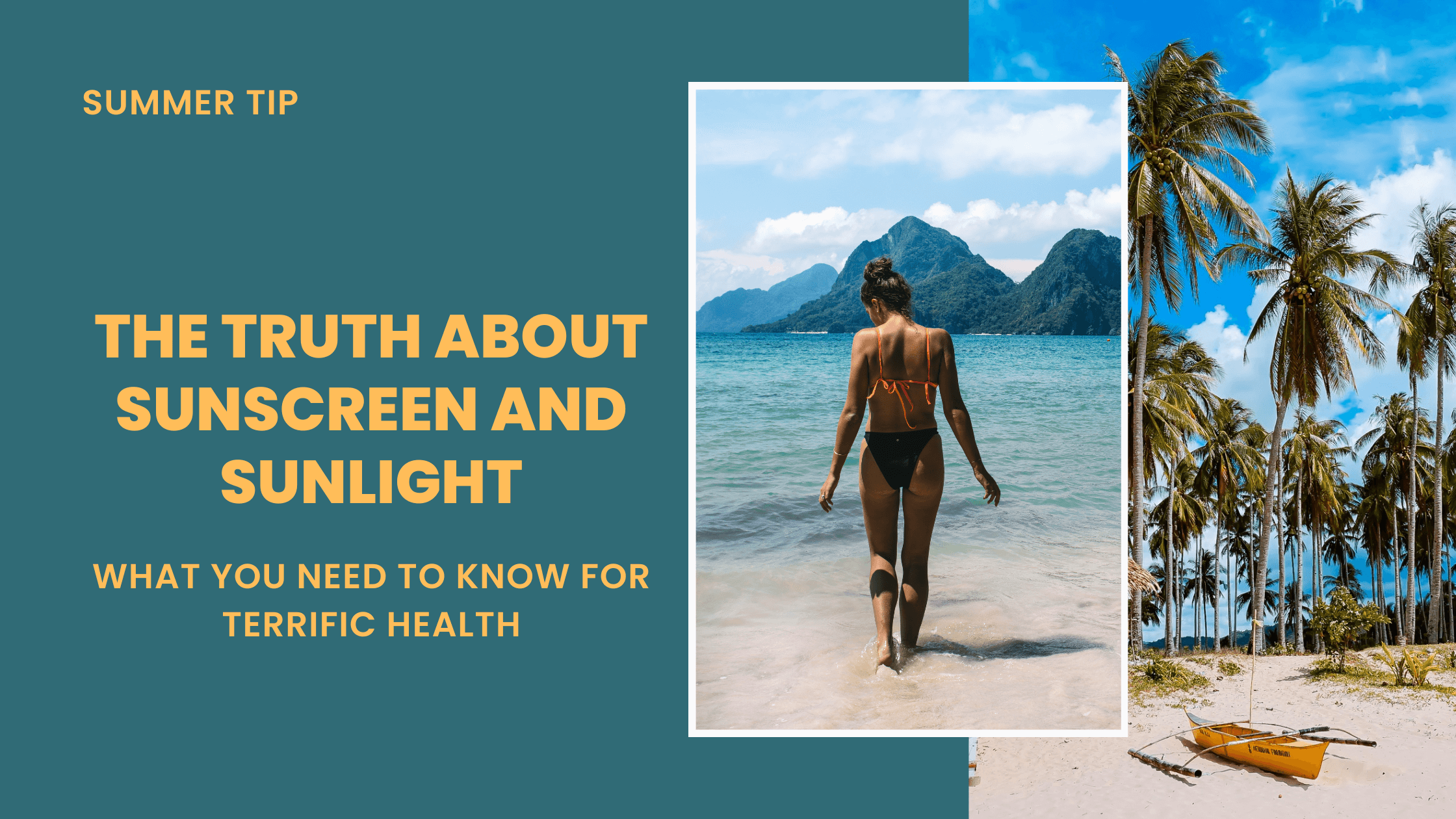
For years, we’ve been told to slather on sunscreen to protect ourselves from the sun. But what if the real danger isn’t the sun—but what we’re putting on our skin to supposedly protect us from it?
Sunshine: Nature's Original Healer
Sunlight isn’t something to be feared—it’s something to be embraced. Plants synthesize water and carbon dioxide into nutrients through photosynthesis. Most of our body’s natural vitamin D comes from sunlight.
When sunlight hits your skin, it kickstarts vitamin D production, which acts more like a hormone than a vitamin. Vitamin D boosts mental health, bone strength, immune resilience, and even cardiovascular health. It also stimulates nitric oxide production, which supports heart function.
A Swedish 20-year study found that women who avoided the sun had a higher risk of dying—comparable to the risk seen in smokers. Meanwhile, vitamin D deficiency is now linked to more aggressive forms of melanoma. The real issue may not be sun exposure, but the toxic world we live in and what we apply to our skin.
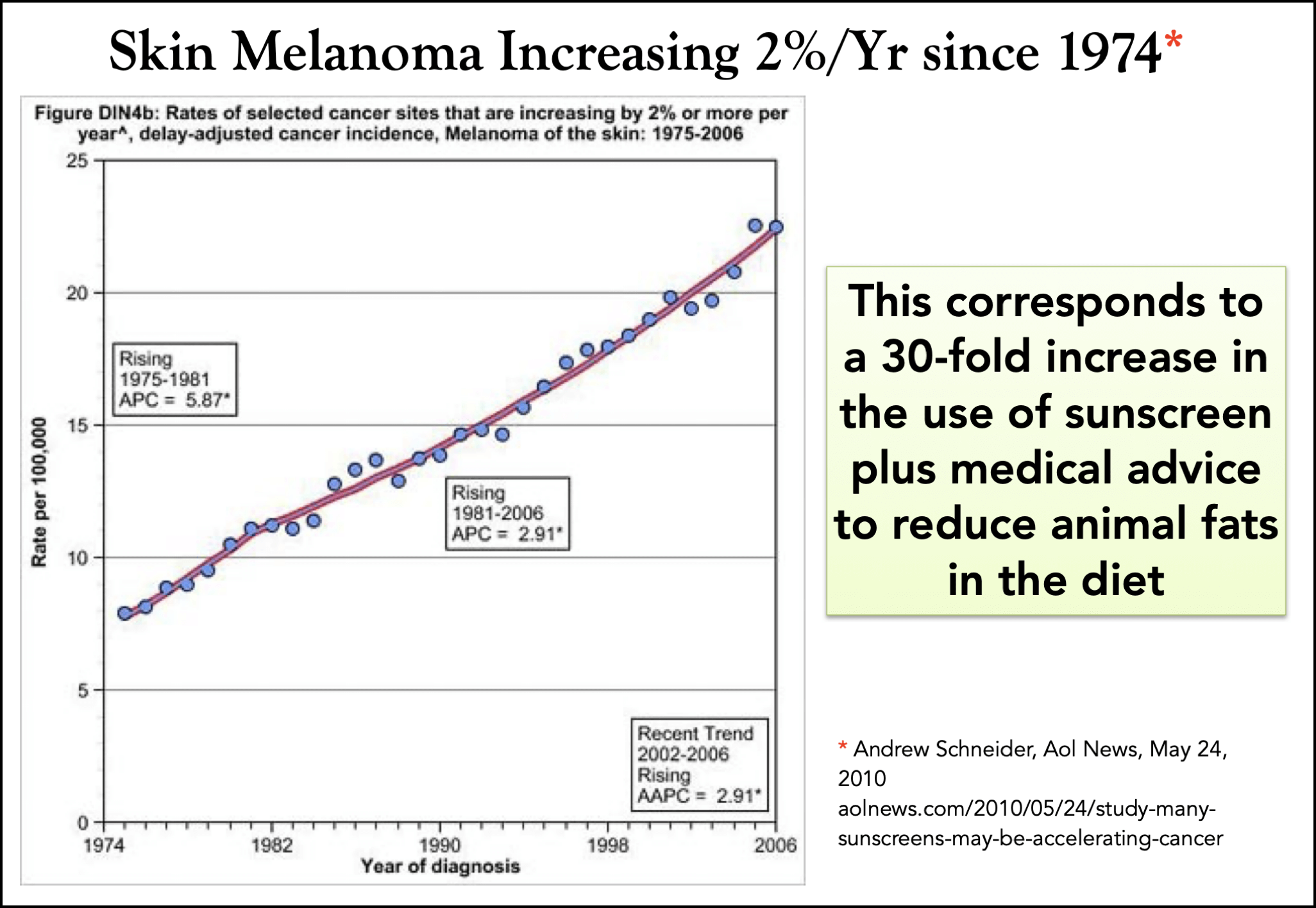
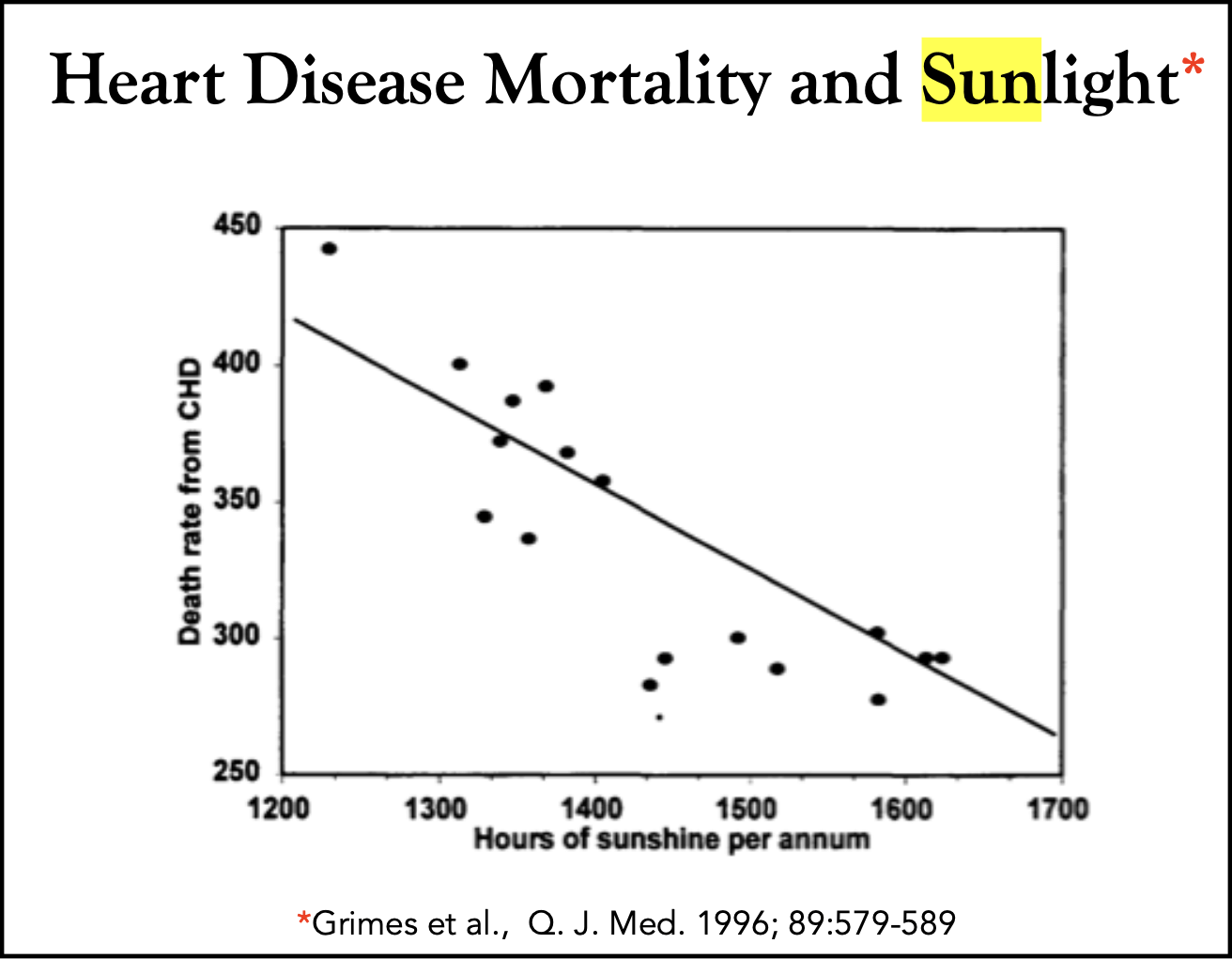
The Chemical Cocktail in Commercial Sunscreens
Many mainstream sunscreens are loaded with chemicals that do more harm than good. These include:
- Oxybenzone – a known endocrine disruptor, particularly harmful and widely used
- Octinoxate (OMC) – mimics hormones and may impact thyroid function
- Avobenzone, Octisalate, Octocrylene, Homosalate – all linked to hormone disruption
- Retinyl Palmitate (Vitamin A) – a synthetic that can increase cancer risk when exposed to sunlight
Many over-the-counter "mineral" sunscreens have only low percentages of the protective ingredients—read those labels! And an FDA study found that these chemicals enter the bloodstream at levels that raise serious safety questions. Even more concerning? These toxic ingredients often show up in sunscreens marketed to children.
How Sunscreen Can Block the Benefits of Sun
SPF over 8 can block over 87% of UVB rays—the very part of the spectrum that stimulates vitamin D production. What’s worse, early versions of sunscreen blocked UVB but not UVA (which penetrates deeper and is more closely linked to skin cancer). Even today, many sunscreens still don’t strike the right balance.
And let’s not forget blue light from screens—phones, laptops, and tablets—that can cause oxidative stress, accelerate aging, and damage the skin just like sun radiation.
The Safer, Smarter Way to Protect Your Skin
Instead of chemical sunscreens, opt for mineral-based products with non-nanoparticle zinc oxide or titanium dioxide. Look for formulations that are labeled as:
- Micronized (not nanoparticle) zinc oxide – blends into skin without the chalky white cast
- SPF between 15 and 50
- Lotions, not sprays or powders (which are easier to inhale)
Supporting Natural Protection from Within
When the sun’s UVB rays hit our skin, they convert a type of cholesterol in the skin into vitamin D3, which then enters the bloodstream. We need that cholesterol in our bodies!
Nature offers its own sun-protective allies:
- Cod liver oil – a natural source of vitamin D for sun-limited seasons
- Astaxanthin – a powerful antioxidant found in wild salmon that protects skin from the inside out
- Cholesterol-rich foods from animals -- sardines, beef liver, egg yolks
In Summary: Sunlight Isn’t the Enemy
Cancer-causing toxins lurk in many personal care products. Chronic illness isn’t just about sunlight—it’s about daily chemical exposure and nutrient-poor diets.
Get sunshine. Skip the toxic sunscreens. Eliminate seed/vegetable oils and ultra processed foods. Choose natural protection. And remember: you were Designed for health and healing—sunlight included.
Terri’s Tip: I personally recommend safe, mineral-based sunscreens like Dr. Mercola’s, Badger, Aubrey Organics, and Young Living’s Mineral Sunscreen Lotion SPF 50. (YL’s suncreen follows all the suggestions mentioned here PLUS, it has wonderful essential oils known to benefit the skin - Helichrysum, Lavender, Myrrh, Cistus, Ylang ylang, Carrot seed, and Sacred Frankincense.)
Let the sunshine in—wisely and naturally!
Not long ago—just 150 years back—people consumed only 2 to 3 grams of linoleic acid per day. That’s the omega-6 polyunsaturated fat now flooding modern diets through seed oils and vegetable oils. Back then, chronic diseases like cancer, heart disease, diabetes, dementia, and age-related macular degeneration were rare—some nearly nonexistent.
But over the 20th century, chronic illness skyrocketed right alongside the dramatic increase in seed oil consumption. Research and real-life experience now point to a strong connection: the more linoleic acid we eat, the more vulnerable we become to oxidative damage—including sunburn and skin cancer.
In fact, reducing these fats in the diet has helped many reclaim their ability to enjoy the sun without burning. One man, Tucker Goodrich, fair-skinned and sun-sensitive his whole life, noticed a dramatic change after removing seed oils. Within weeks, he could ski on bright alpine days or spend hours in summer sunshine—without burning, even without sunscreen. A decade later, he still enjoys the sun with minimal sun protection and minimal sunburn.
Science backs this up. Studies show that dietary polyunsaturated fats regulate how easily skin burns and how susceptible we are to UV-related damage. Meanwhile, skin cancer rates keep climbing despite widespread sunscreen use—suggesting we’ve been looking in the wrong direction.
 ☀️ Terri’s Personal Experience
☀️ Terri’s Personal Experience I’m a redhead with blue eyes—classic sunburn material. (I was 14 or 15 in that picture when we lived in the Philippines.) For most of my life, just a short time in the sun would leave me pink or red and peeling. But after changing my diet and nourishing my body the way I teach in this blog, I’ve noticed a huge difference.
And with Young Living’s Mineral Sunscreen, I’ve even spent hours out on a boat without burning! It’s non-toxic, effective, and gentle on the skin. I highly recommend it—and yes, I do earn a small affiliate commission when you purchase through my link here, which helps support the work I do. 💛 Click on the following picture to read more about the sunscreen and about the essential oils in it:
The takeaway? Nourish your body like your great-great-grandparents did. Ditch the seed oils. Embrace healthy animal fats. Reconnect with the sun. And enjoy your freedom to live vibrantly, naturally, and radiantly.
AFFILIATE DISCLAIMER: I’m a proud affiliate for some of these tools and products that are suggested on this page and throughout my site. If you click on a product and make a purchase, I may earn a small commission at no extra cost to you. My recommendations are based on knowledge and experience and I recommend them because they are genuinely useful, not because of the small commission I may receive |



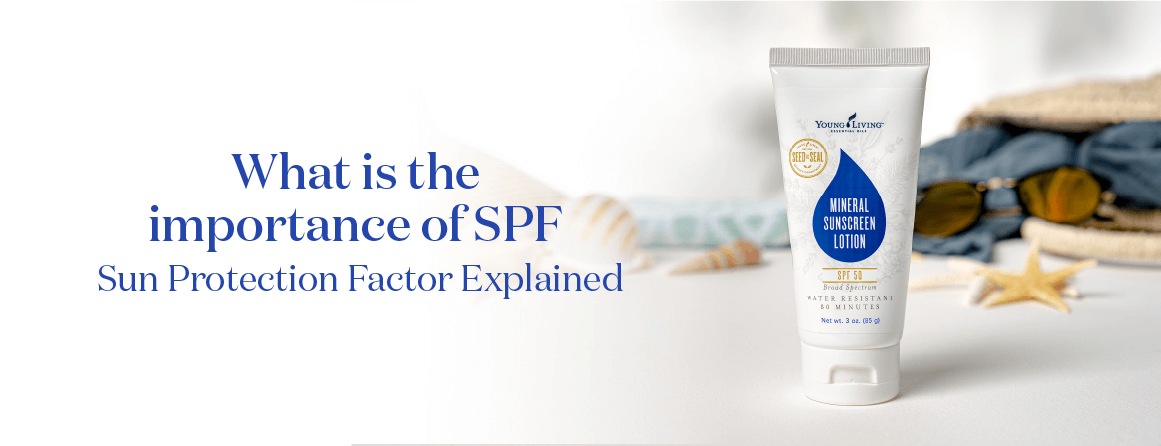
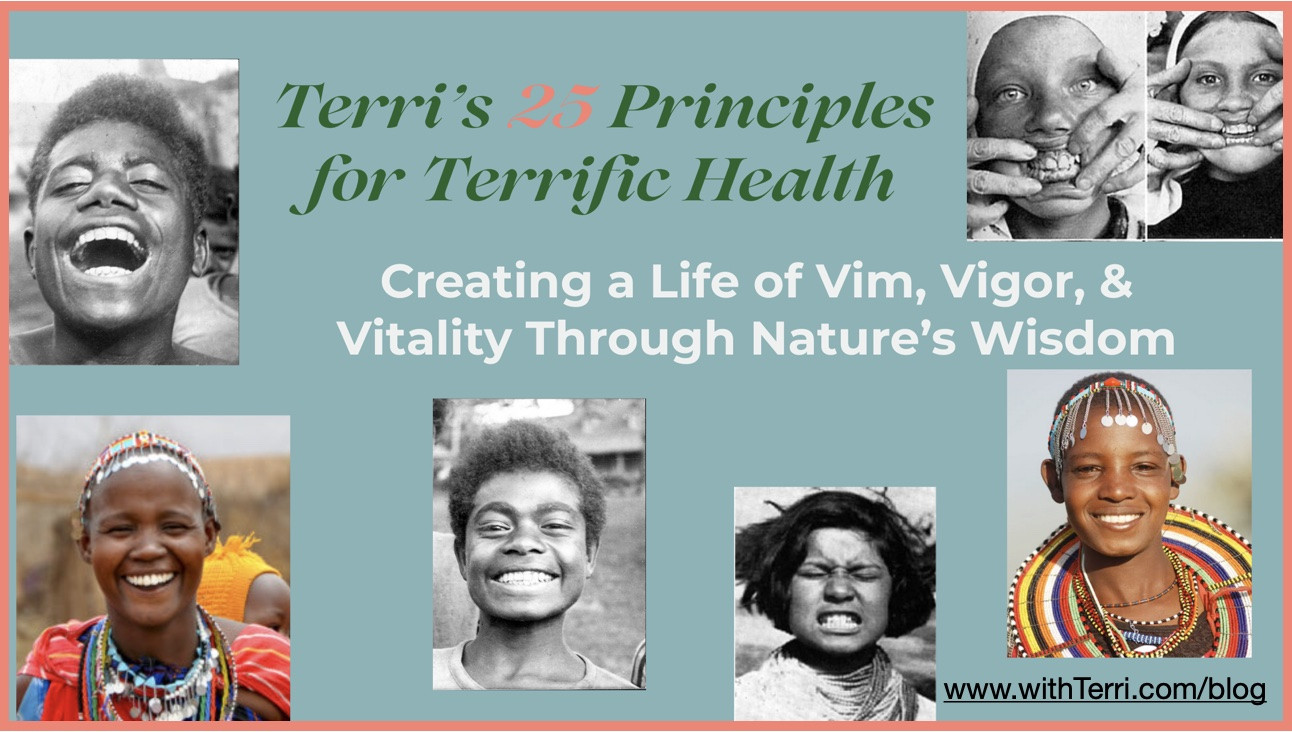

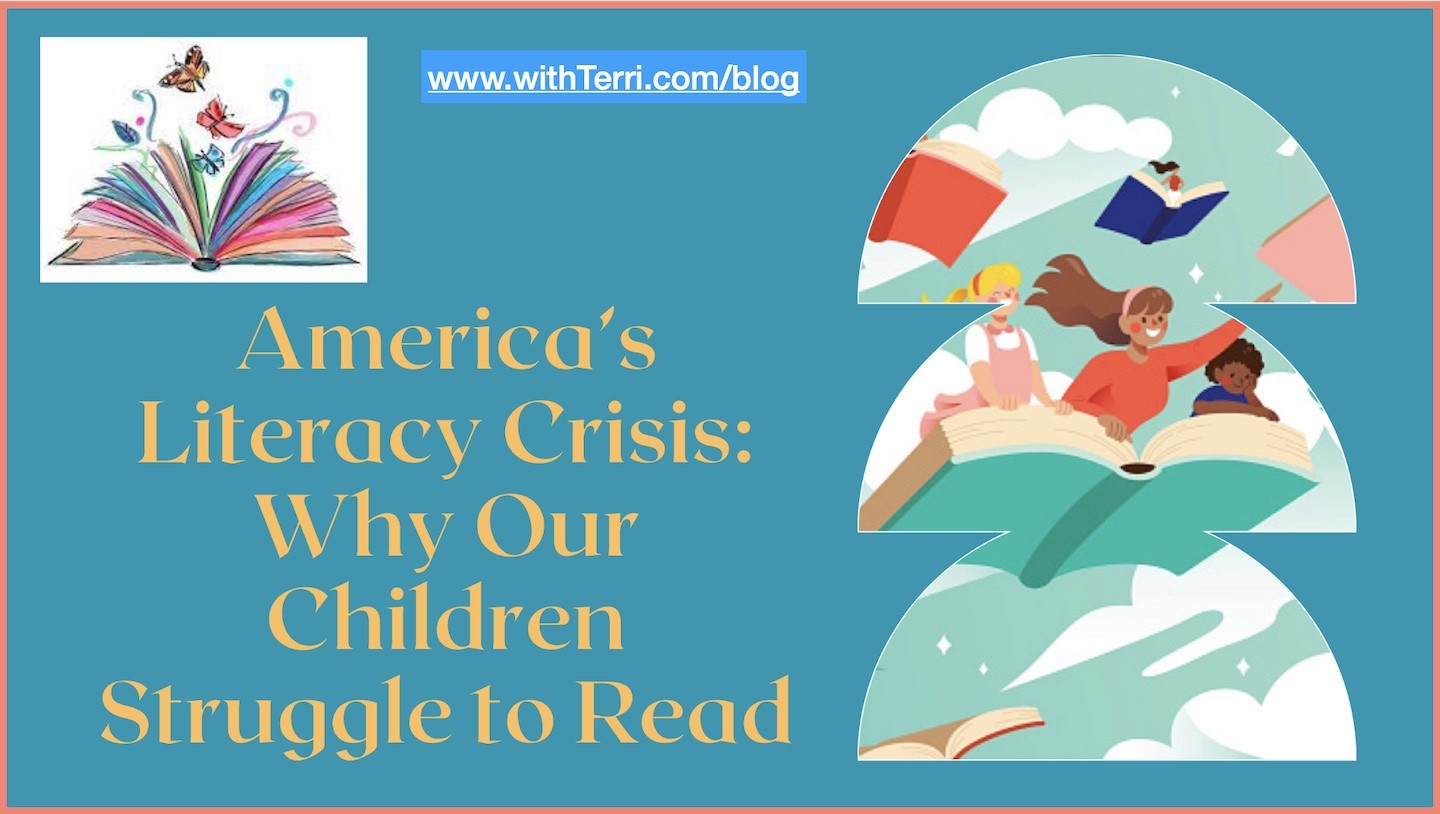
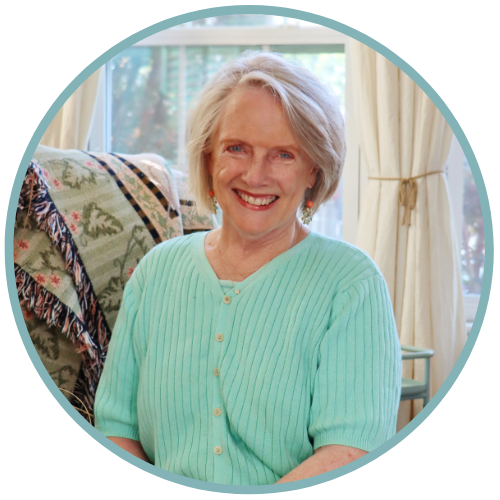

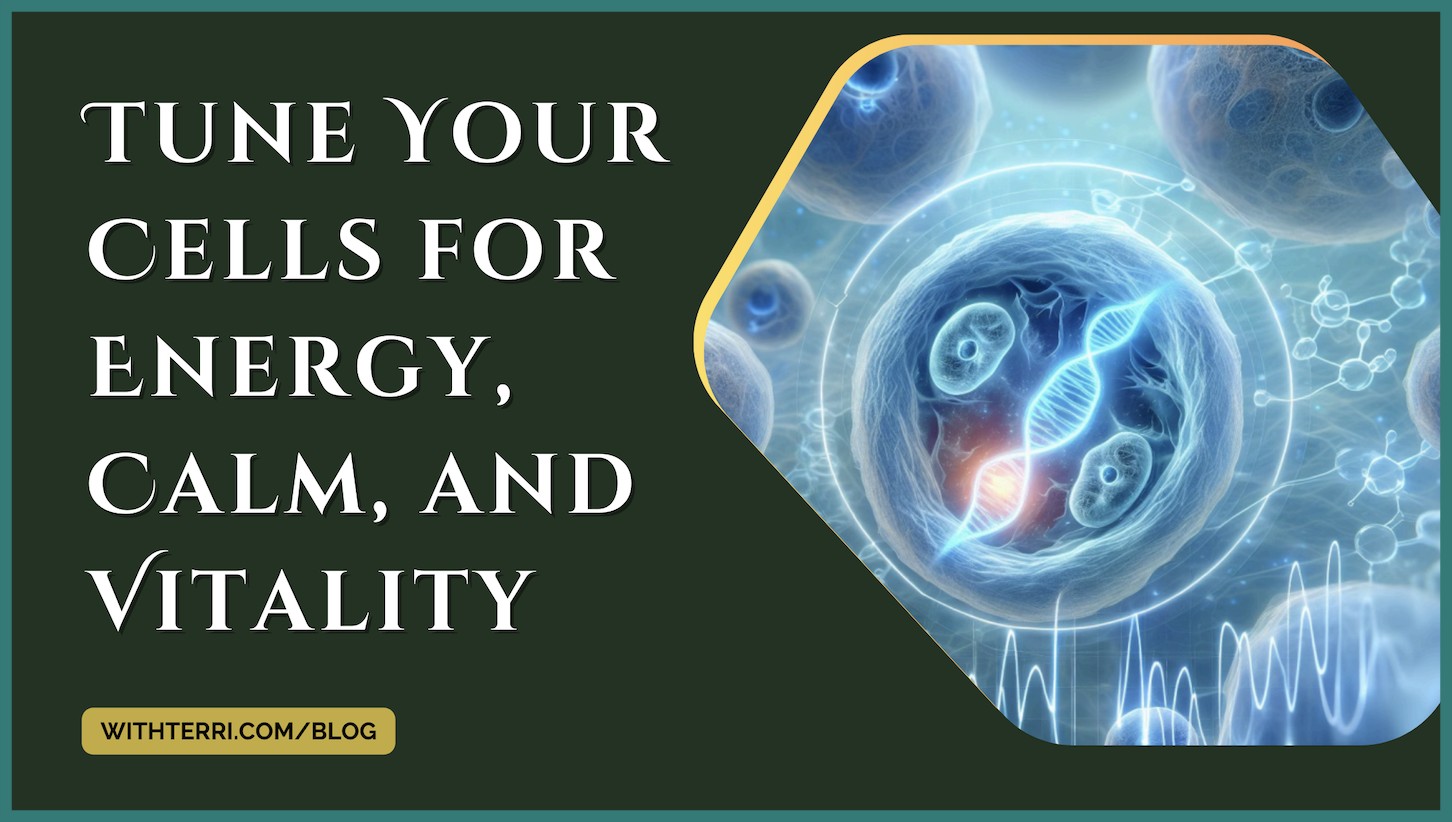
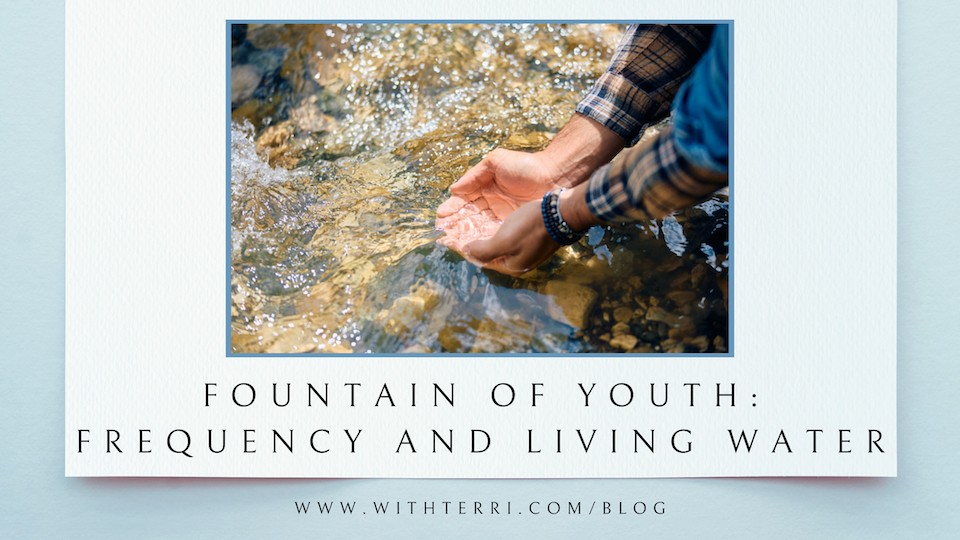
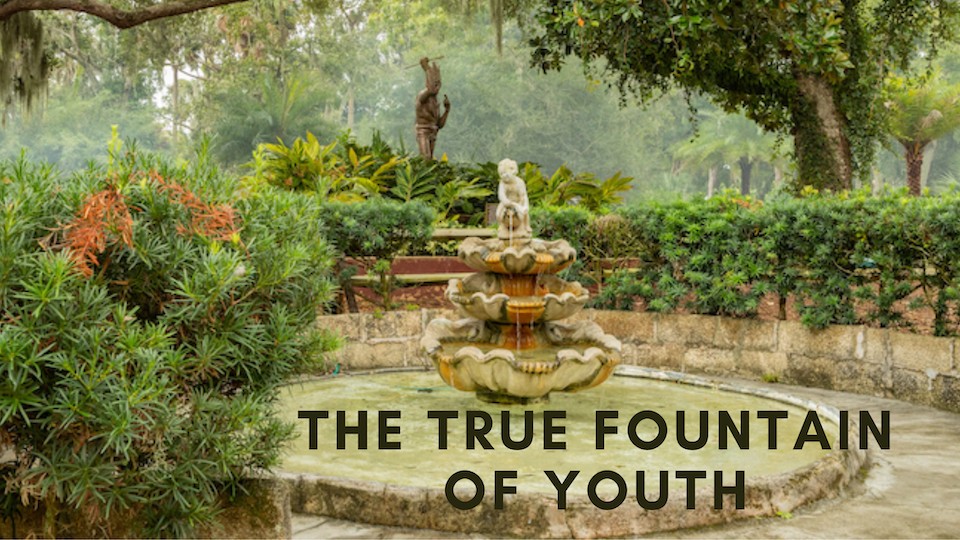

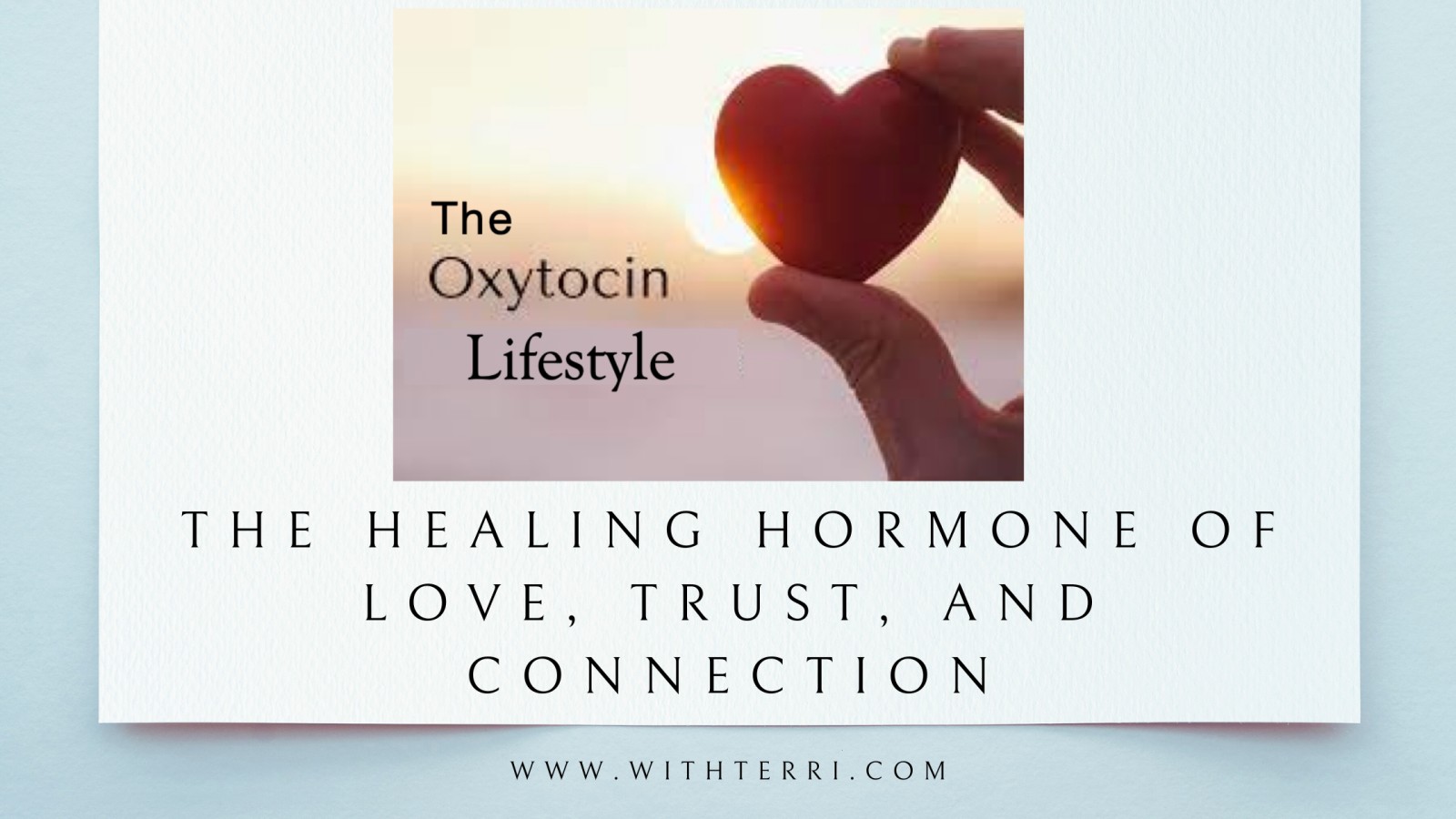
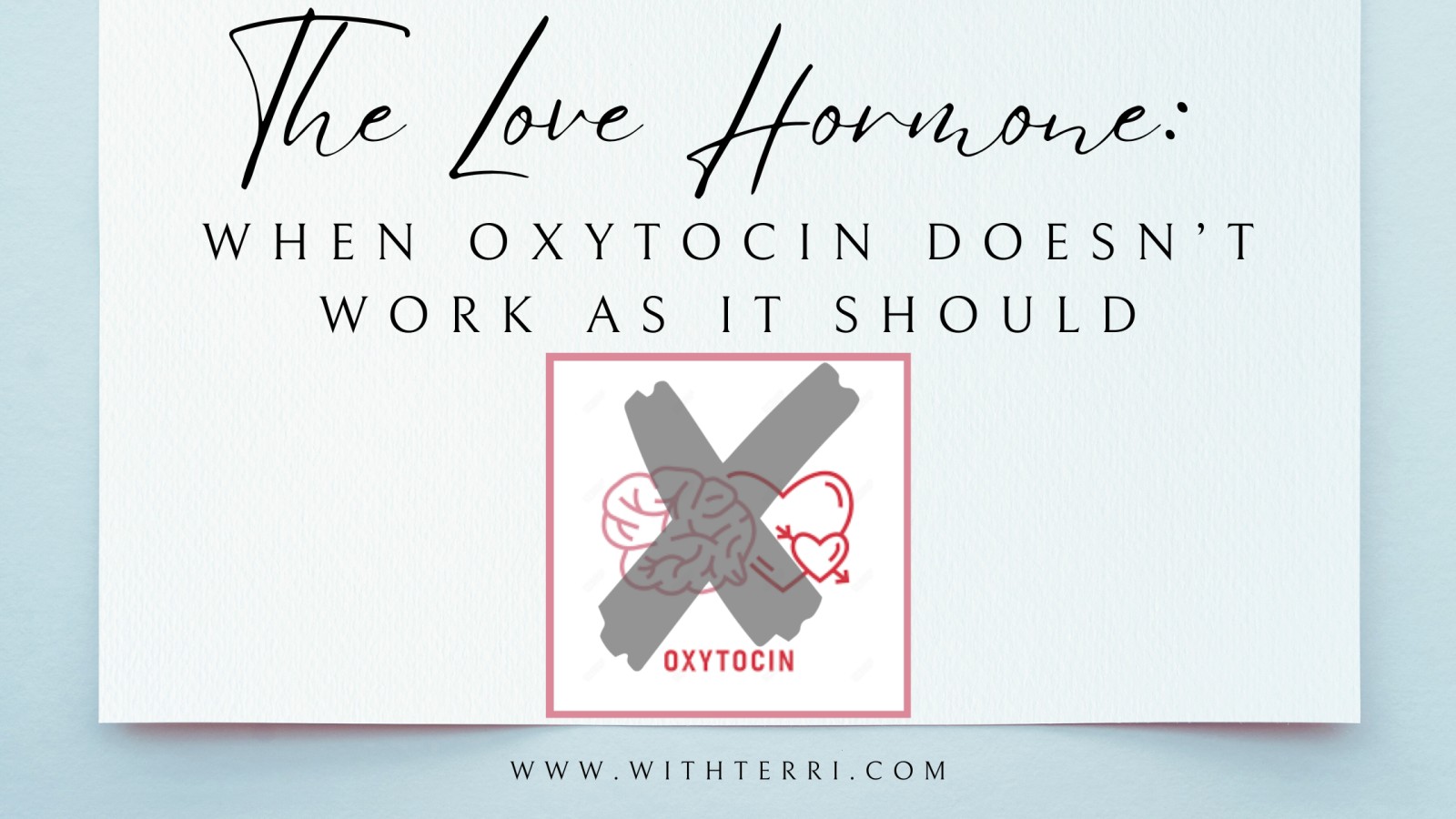
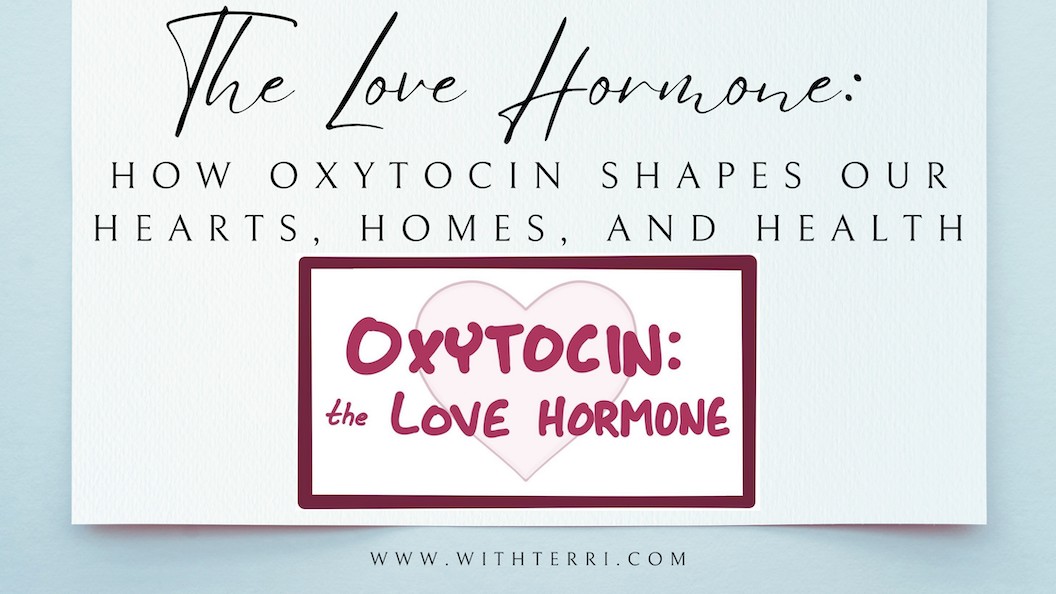
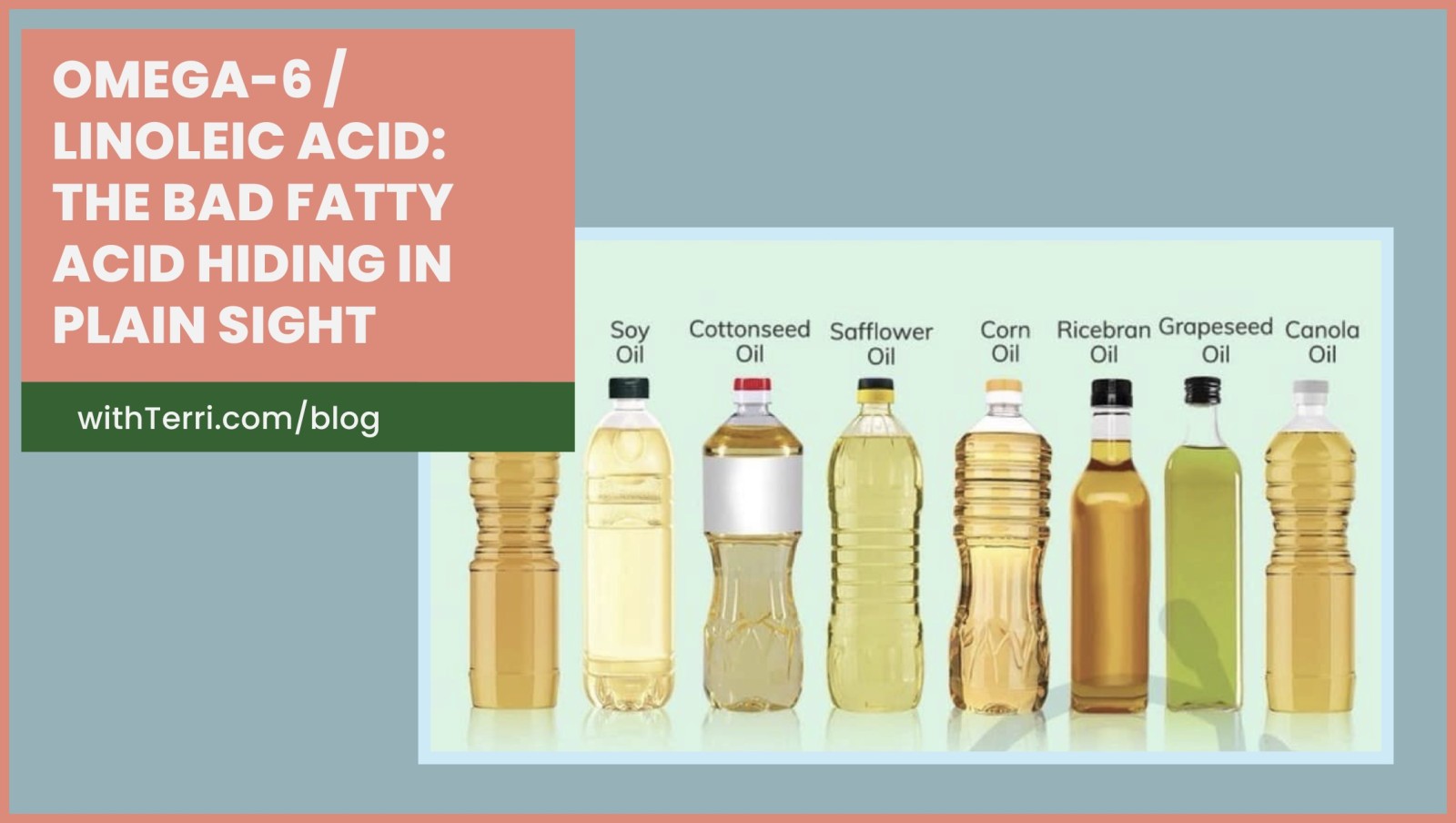



0 Comments